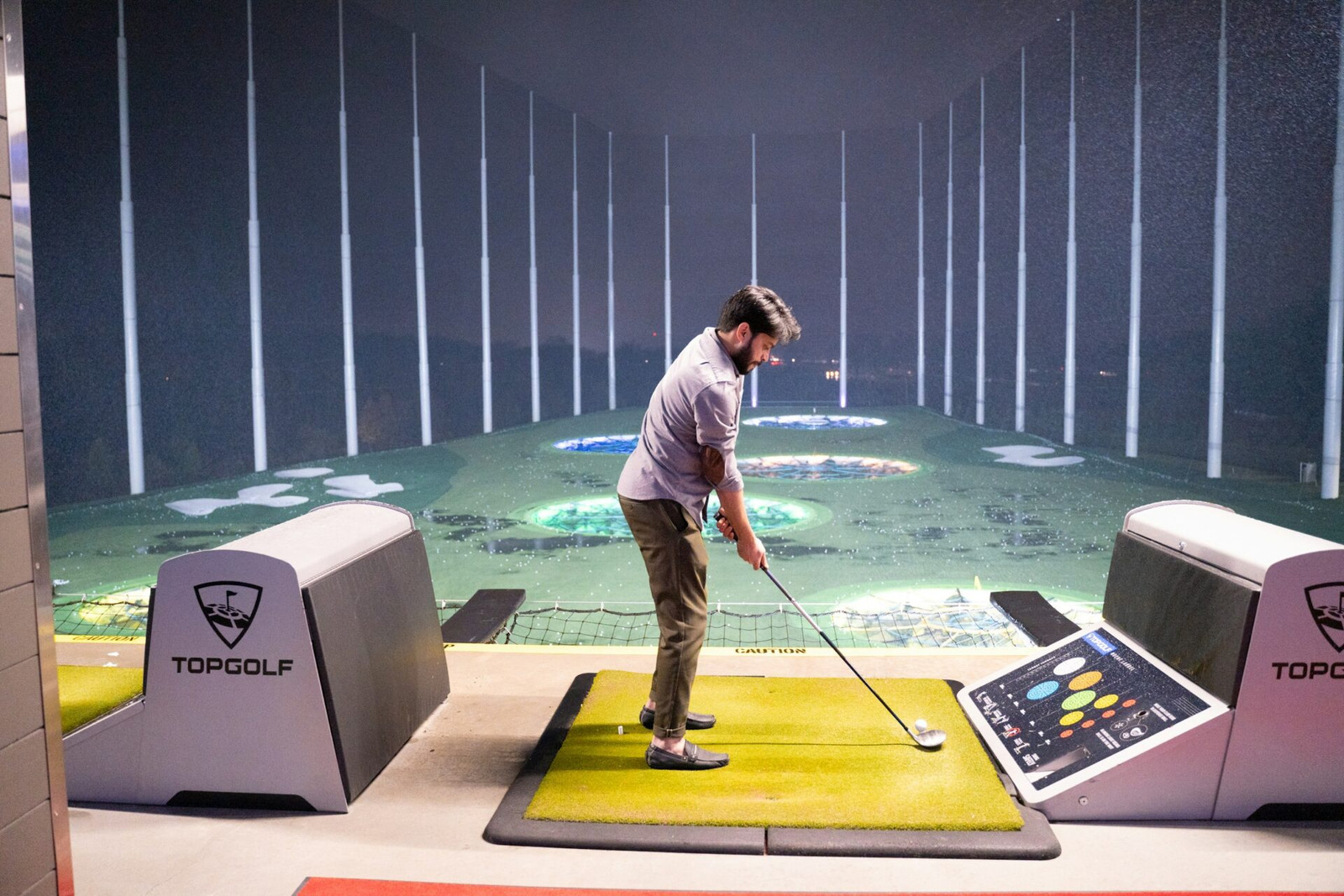Building the Ultimate Golf Simulator in Australia

For many golfers in Australia, the dream of playing year-round without worrying about unpredictable weather or long drives to the course is becoming a reality thanks to home golf simulators. Building a simulator at home allows you to practise your swing, enjoy full virtual rounds, and refine your skills any time of day. With careful planning and the right equipment, creating a realistic setup is easier than most people think.
The first consideration is space. A ceiling height of around 2.8 to 3 metres is usually necessary to accommodate a full swing with a driver. Width of about 3 metres gives you room to swing comfortably without feeling boxed in, while depth requirements vary depending on the launch monitor. Photometric systems may need less room, but radar-based setups often require as much as 5 metres. Lighting is important too; harsh direct light will wash out projectors or interfere with sensors, so controlled and even lighting is best. Ventilation and noise management also play a role, especially if you plan to build in a garage or spare room close to the rest of the house.
Choosing hardware is the most exciting stage. The launch monitor is the heart of the simulator, measuring spin, speed, launch angle, and direction. Accurate data here makes the whole experience feel real. An impact screen strong enough to withstand high-speed drives, paired with an enclosure for safety, gives you both performance and peace of mind. Projectors provide the immersive course visuals that make you feel like you’re standing on the fairway, and a good hitting mat saves your joints while giving you a realistic strike sensation. Software packages round out the system, offering virtual courses and practice modes that keep the experience fresh and fun.
Budgeting is always a key part of planning. Entry-level setups might use basic nets and cheaper sensors suitable for practice swings, while mid-range systems add stronger mats, impact screens, and more detailed software. Premium builds can include ultra-short-throw projectors, professional-grade screens, custom turf flooring, and the most advanced radar systems. Costs can escalate quickly, so setting clear priorities—whether you want accuracy, durability, or immersive visuals—helps avoid overspending.
When it comes to installation, testing your layout before final assembly saves time and frustration. Marking out the space with tape lets you confirm swing clearance, projector throw distance, and screen size. Secure anchoring of enclosures is important for safety, and proper cable management keeps everything tidy. Pay attention to calibration once your launch monitor and projector are in place, because even small misalignments can skew results or visuals.
Sourcing from a trusted supplier makes the process much easier. GolfBays, for example, offers complete golf simulator packages suited to Australian conditions and a range of budgets. Their impact screens are tested to withstand real ball speeds, their enclosures are designed for safety and durability, and they provide everything from launch monitors to hitting mats in coordinated bundles. This saves the hassle of mixing and matching components from different vendors, and their team can guide you on what works best for your available space.
Once your simulator is running, you can maximise its value by setting training goals, tracking progress, and keeping practice fun. Use the simulator’s data feedback to work on specific metrics like launch angle or shot dispersion. Play virtual rounds to practice strategy and decision-making under pressure. Over time, review stored performance data to see where you are improving and where weaknesses persist. Maintenance matters too—clean sensors regularly, update software, and replace mats or screens when they start showing wear.
In Australia there are also a few practical considerations. If you’re converting a garage or building a backyard studio, check whether local council permits apply. Electrical safety is crucial since projectors, computers, and lighting will all draw power. And if your space is exposed to heat or moisture, you’ll need to make sure equipment is well protected from the elements.
Ultimately, a home golf simulator is more than just a practice tool—it’s an investment in your enjoyment of the game. By carefully planning space, selecting quality components, and relying on suppliers like GolfBays, you can build a system that lets you play whenever you want, regardless of weather or season. For many Australian golfers, it’s the perfect way to stay sharp, have fun with friends and family, and bring the course home

Similar Posts
PS5 DNS Error – How to Fix DNS Error
3 Key Strategies: How to Use Weclick4PDF for Better Document Handling
Easy Ways to Fix Error 16 Quickly